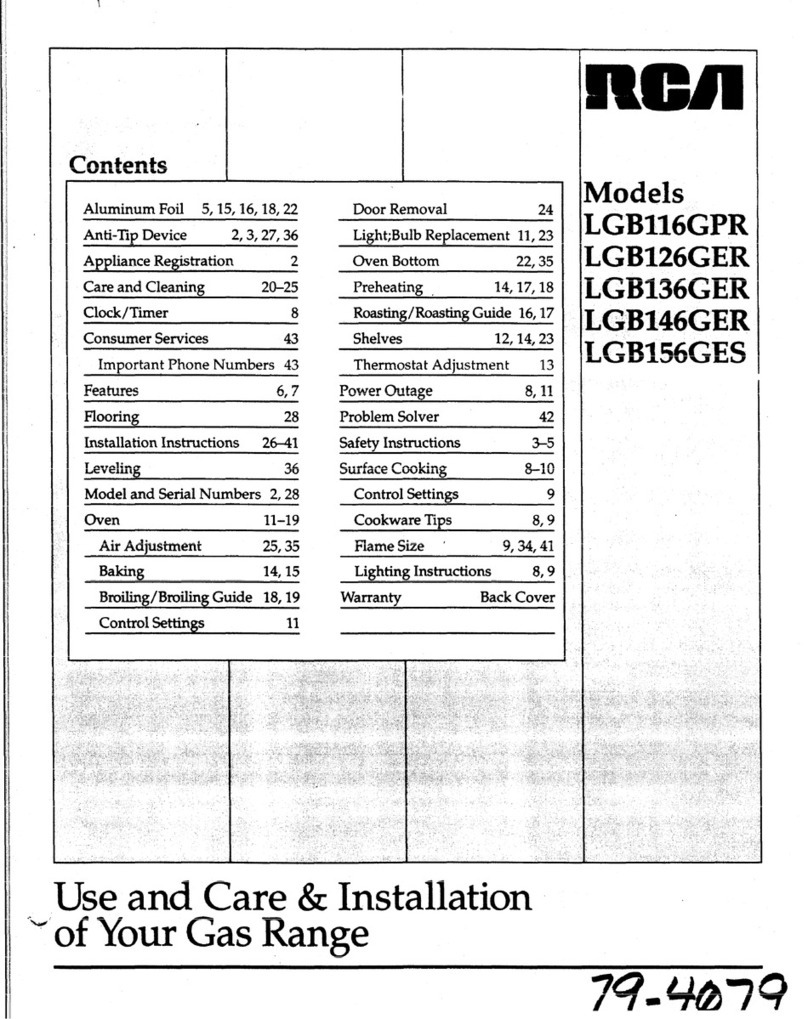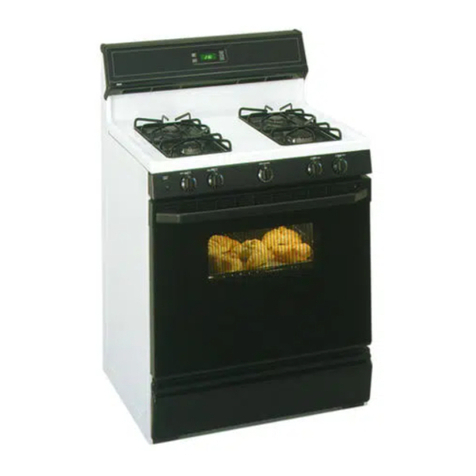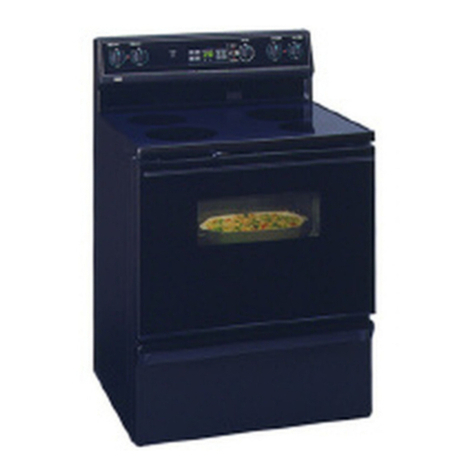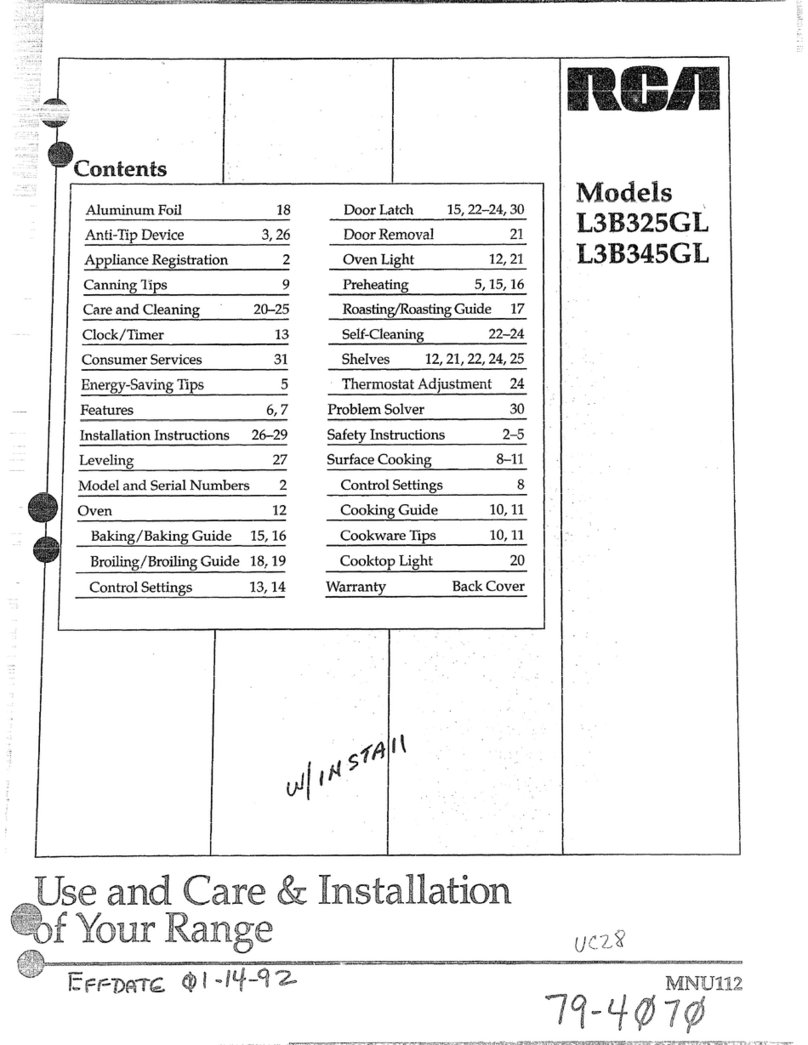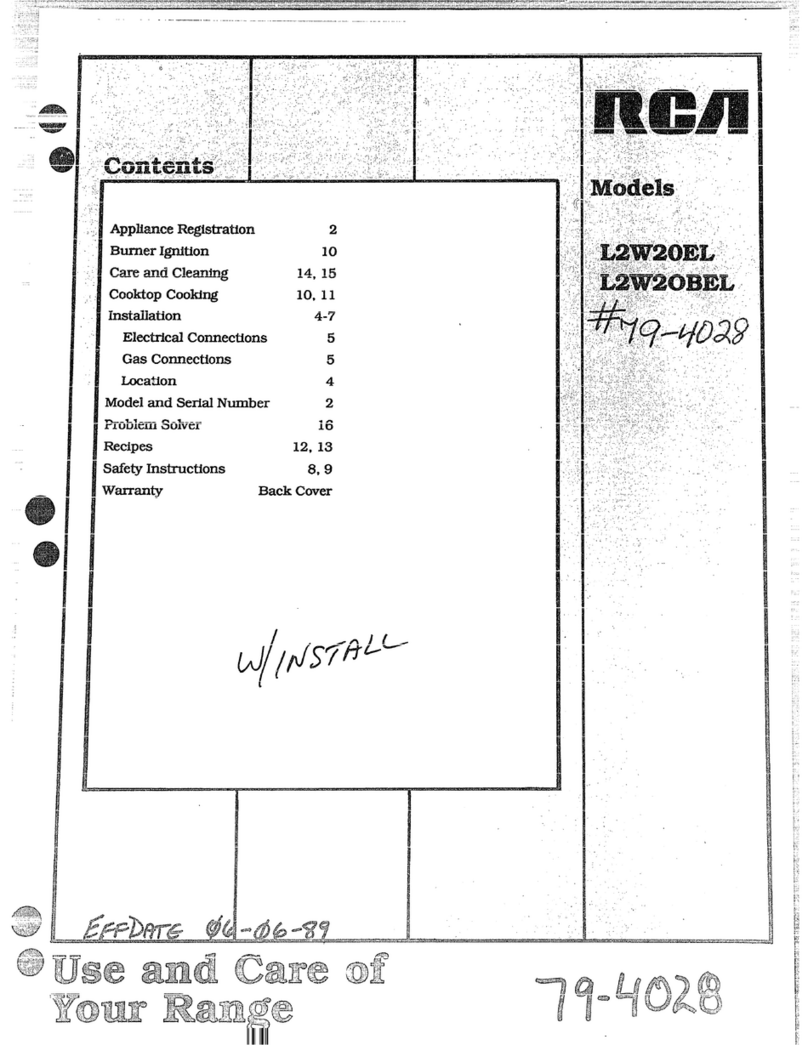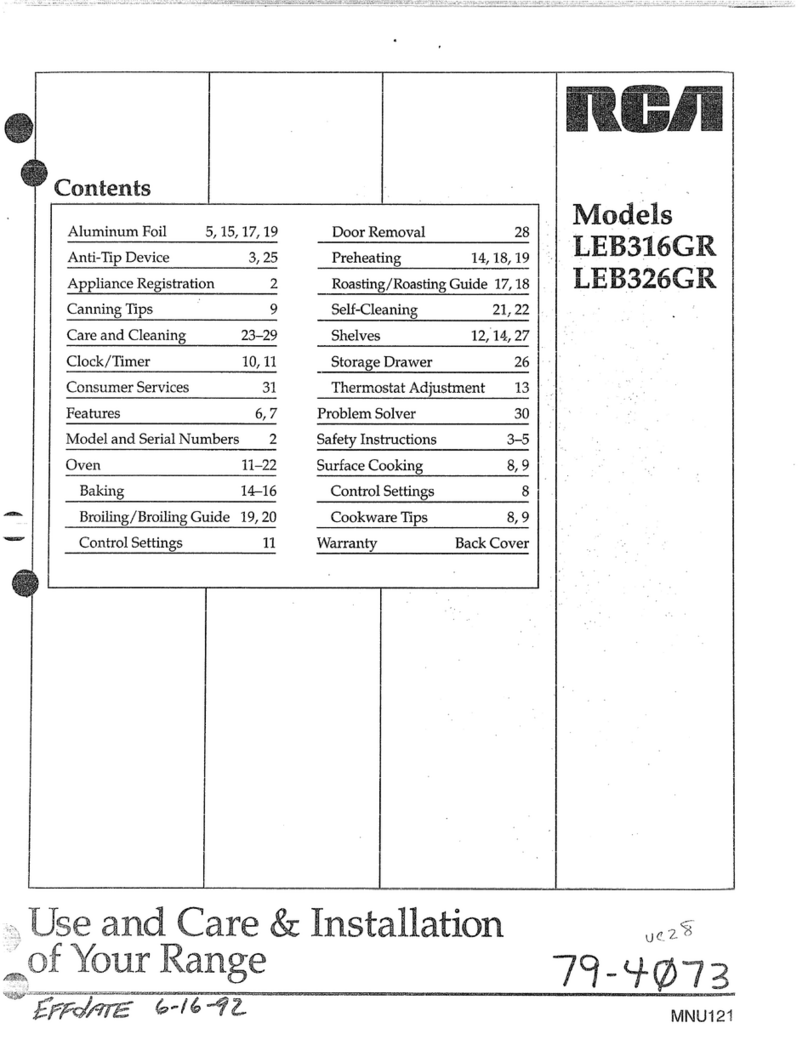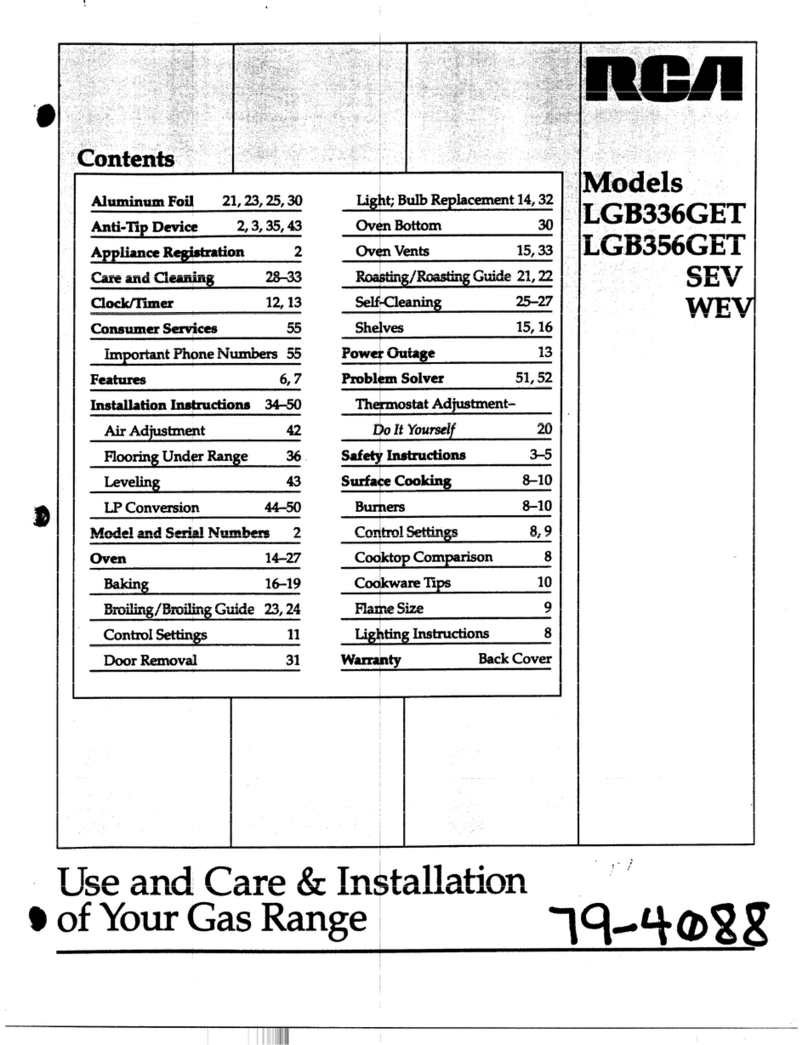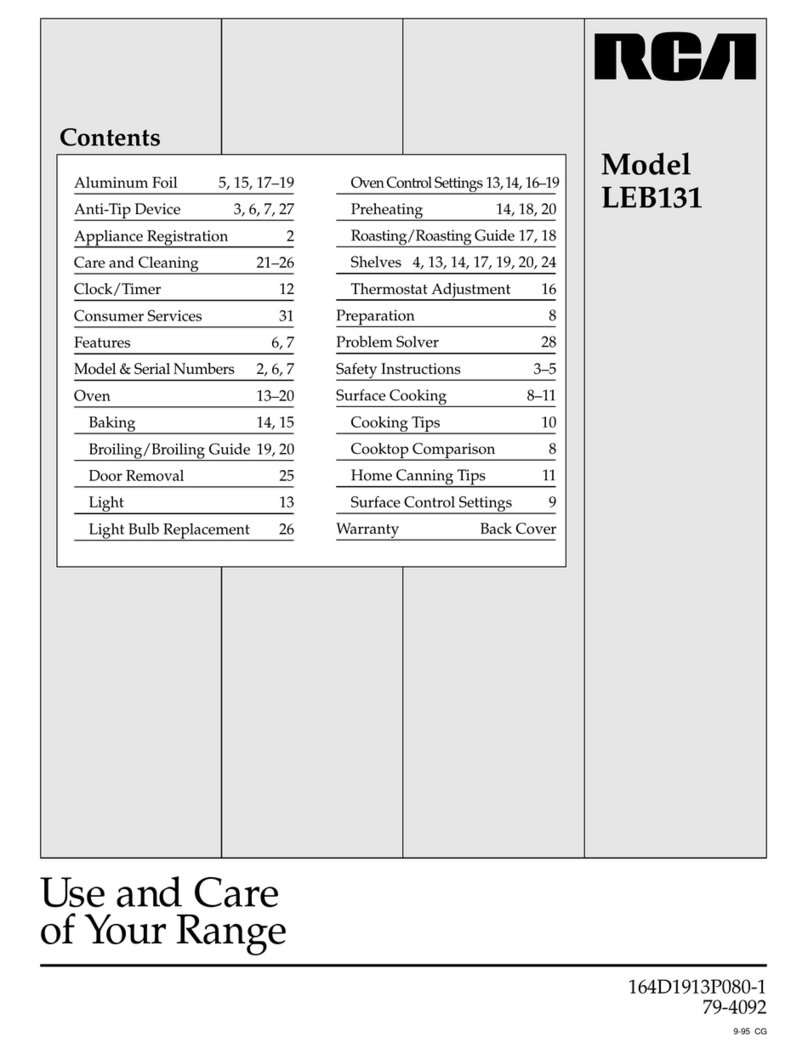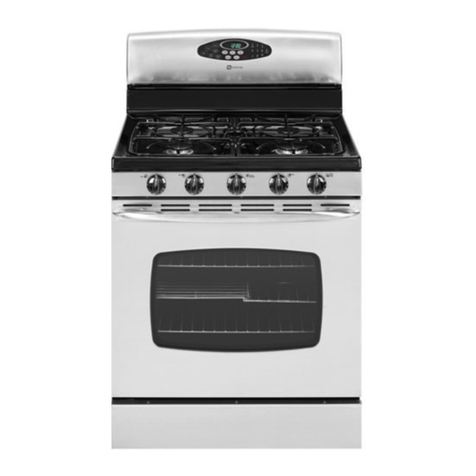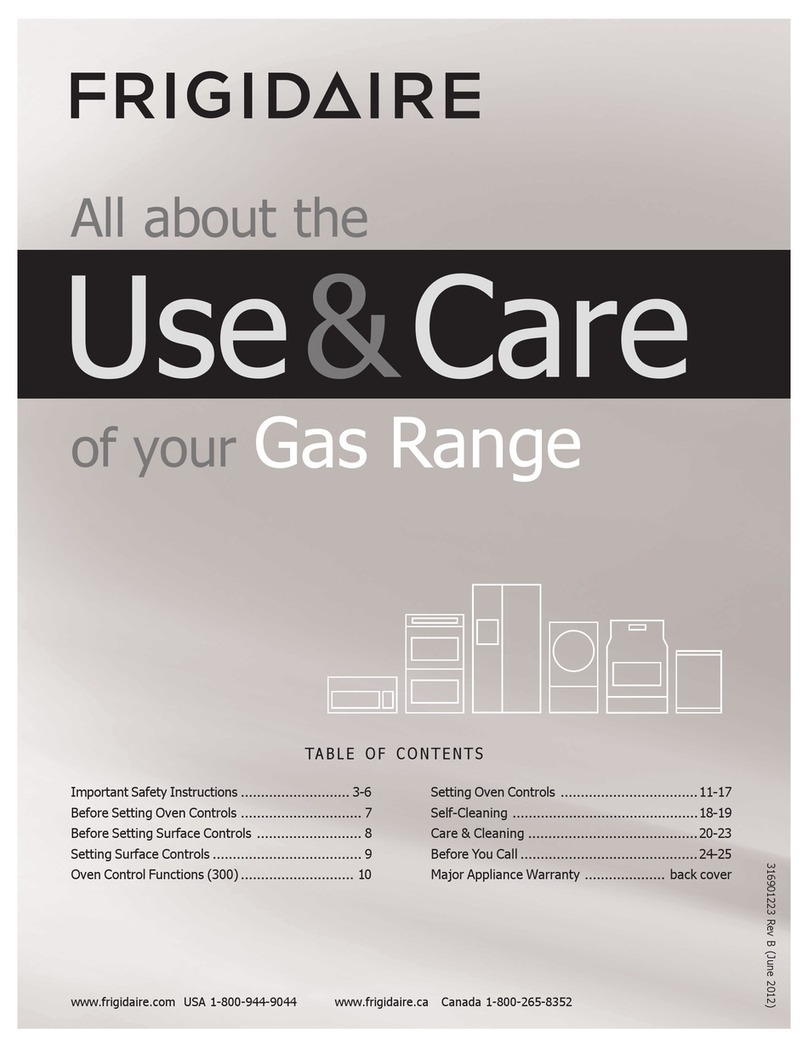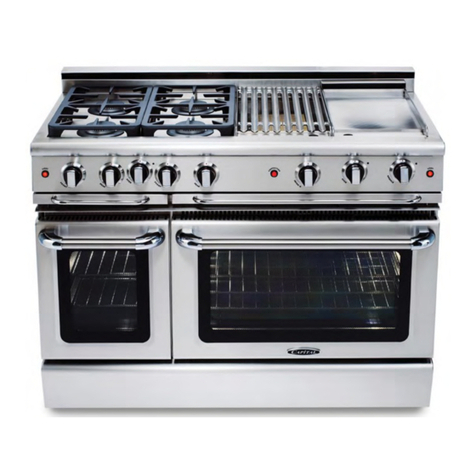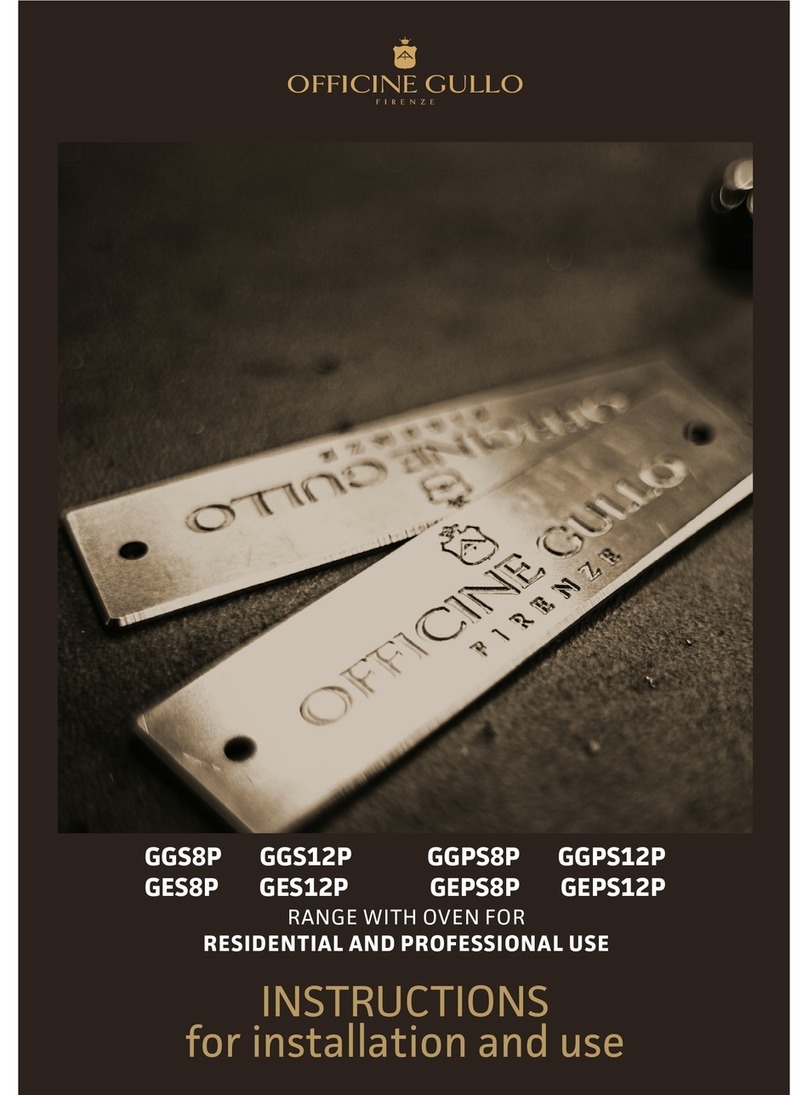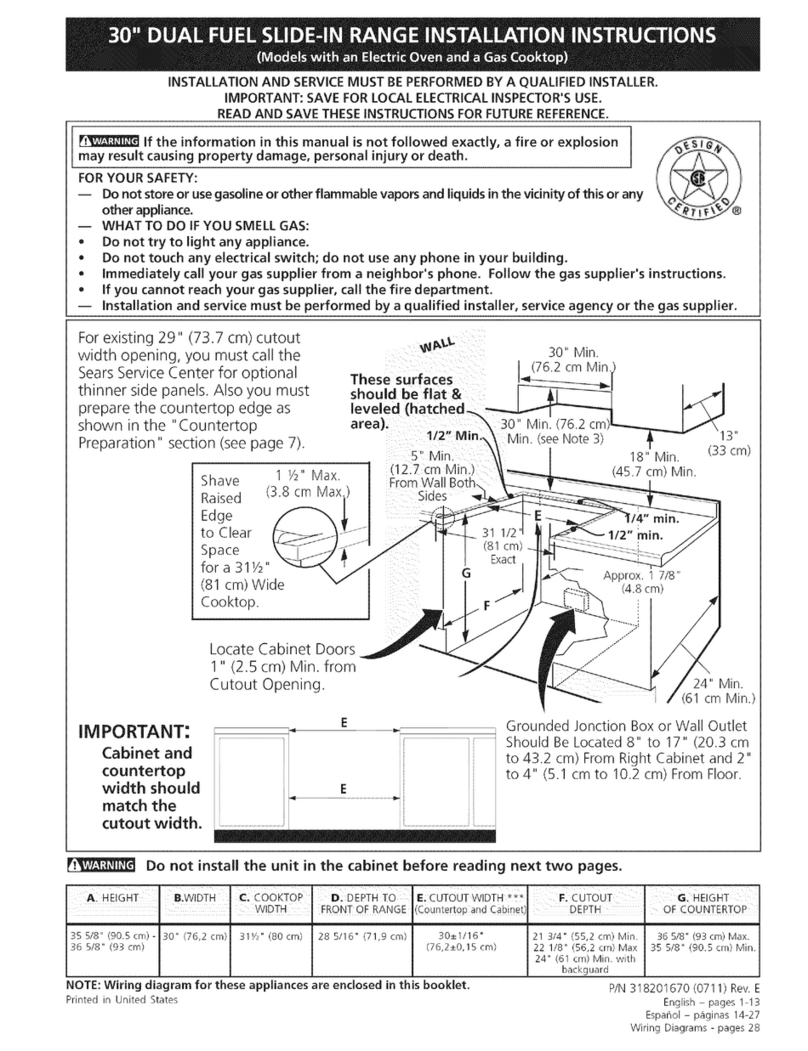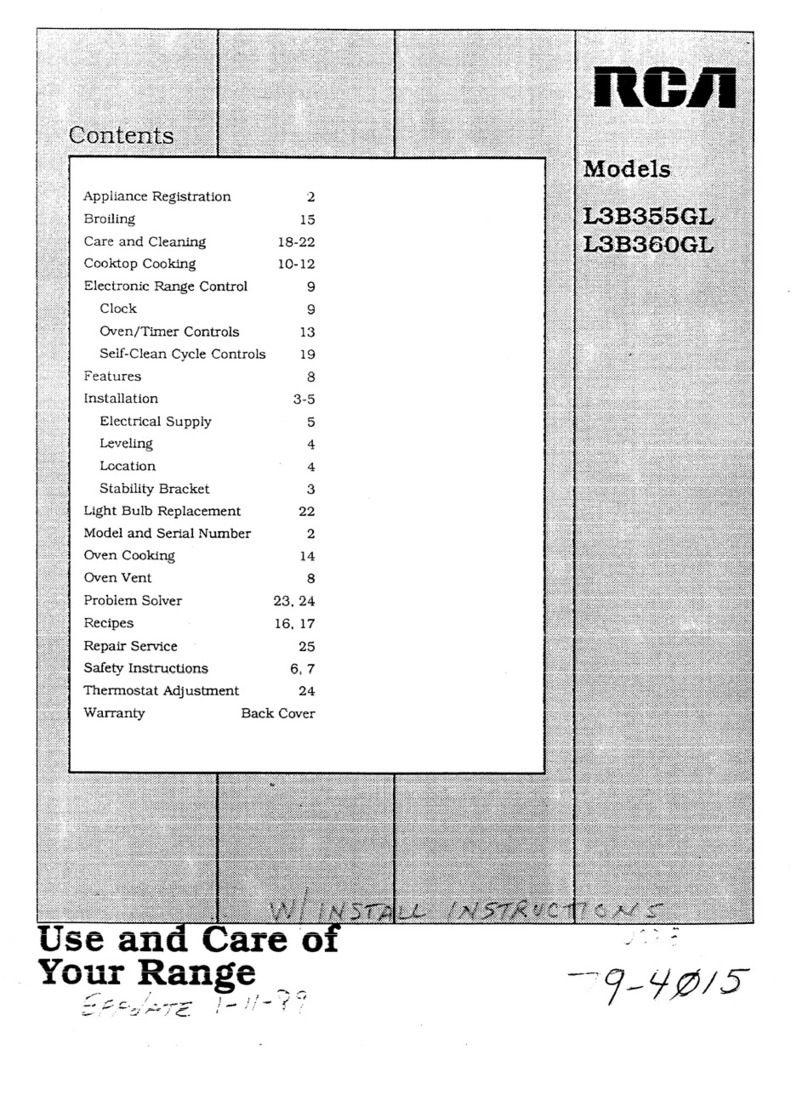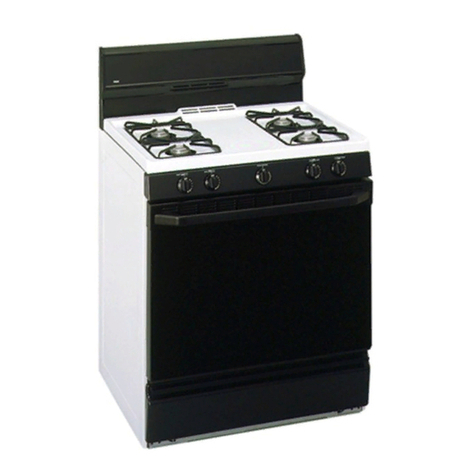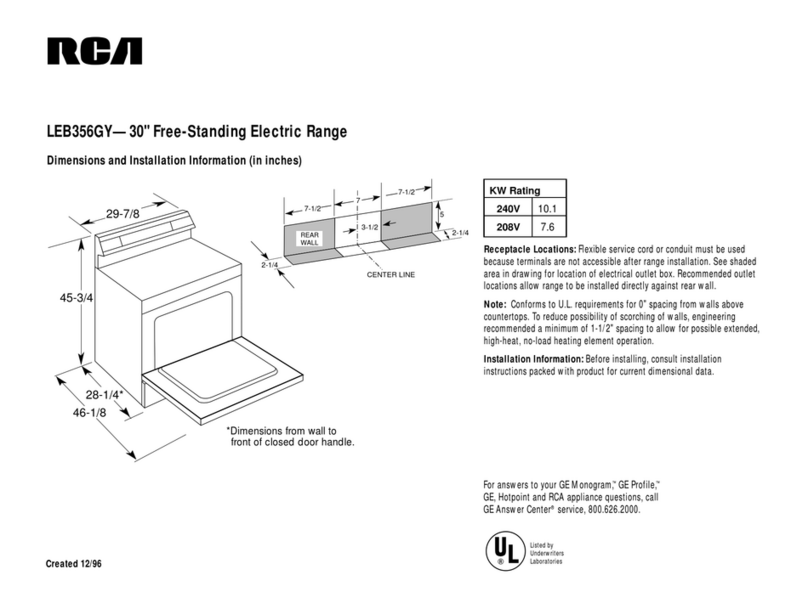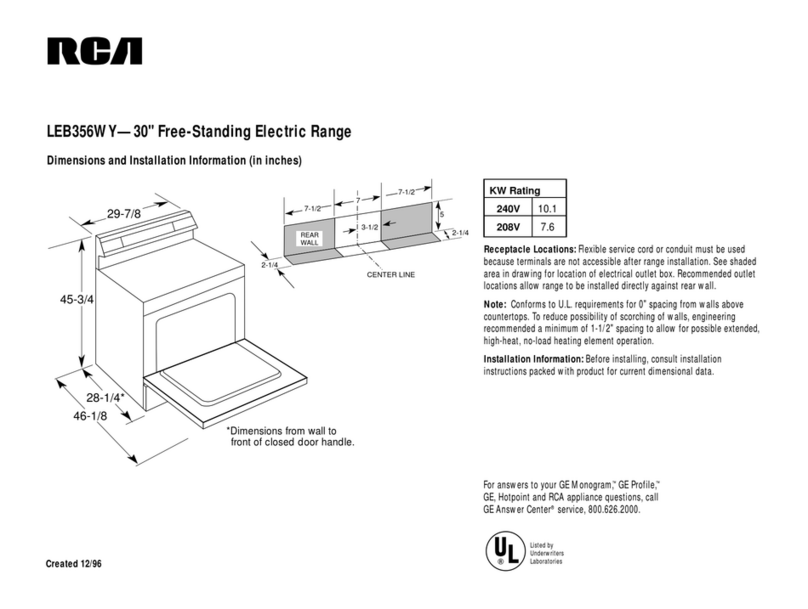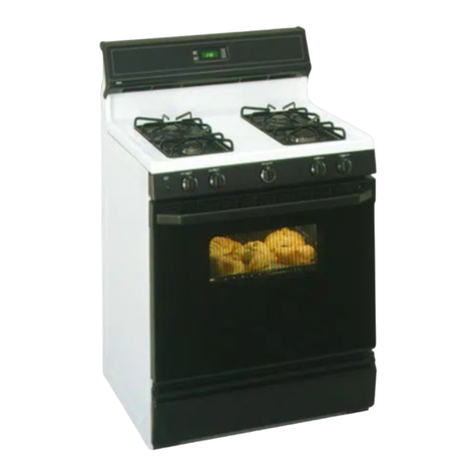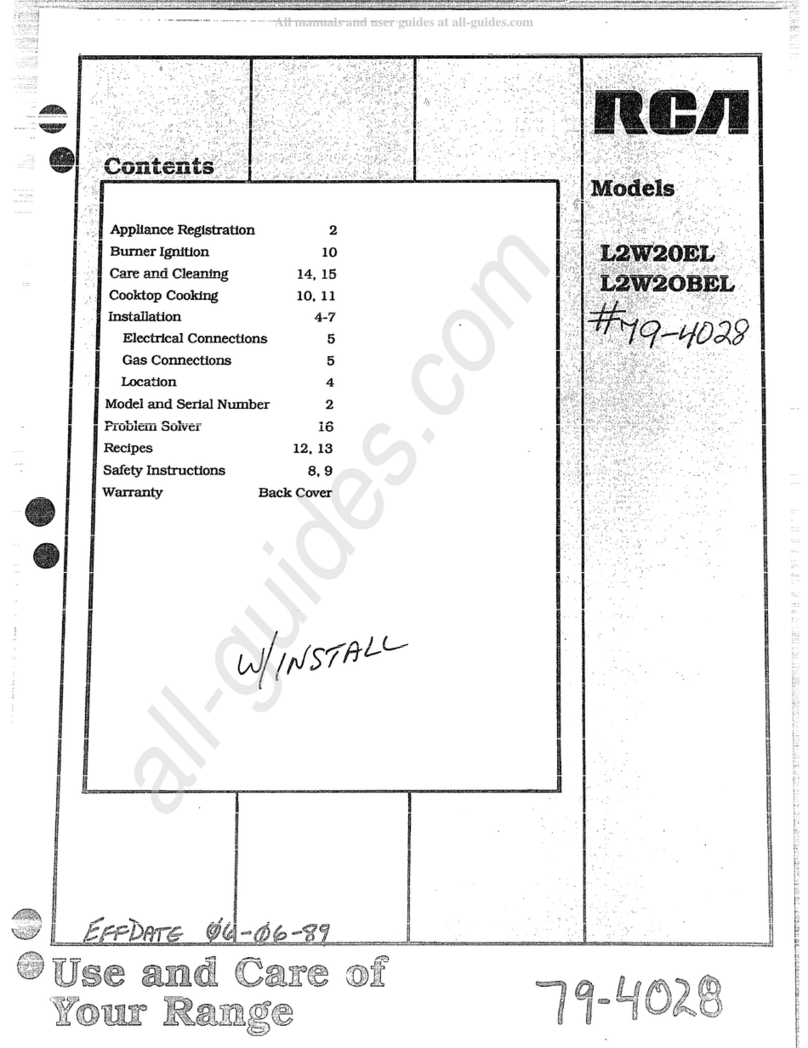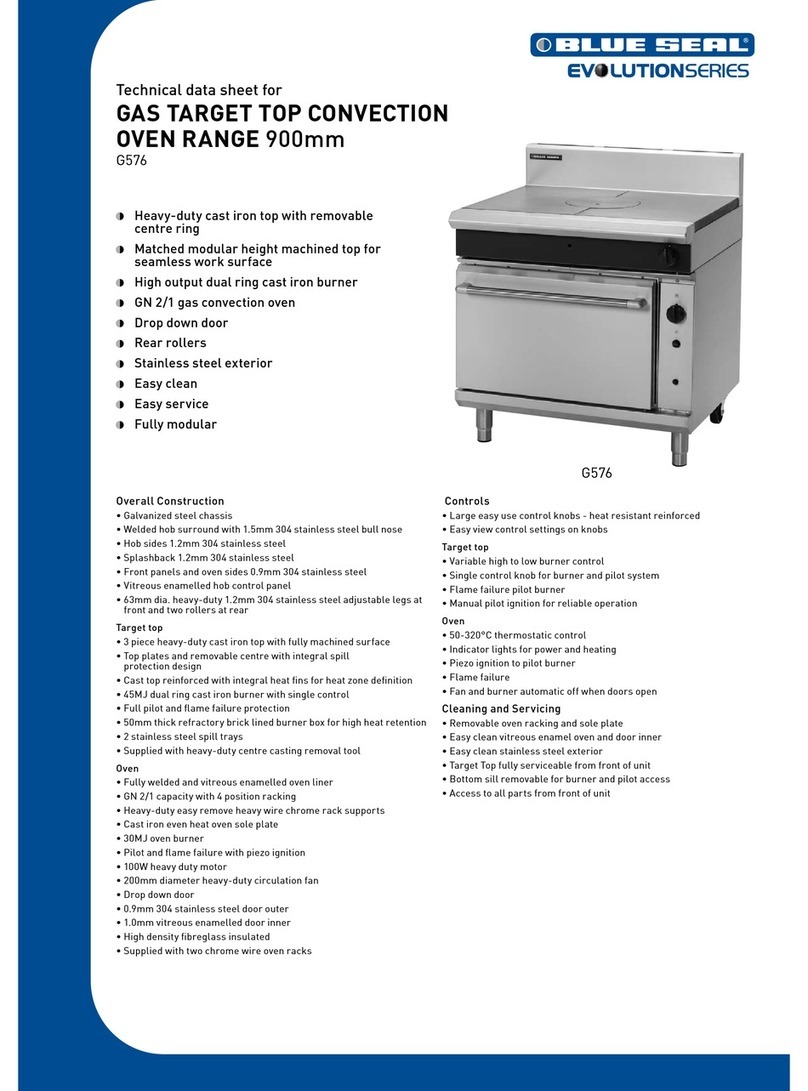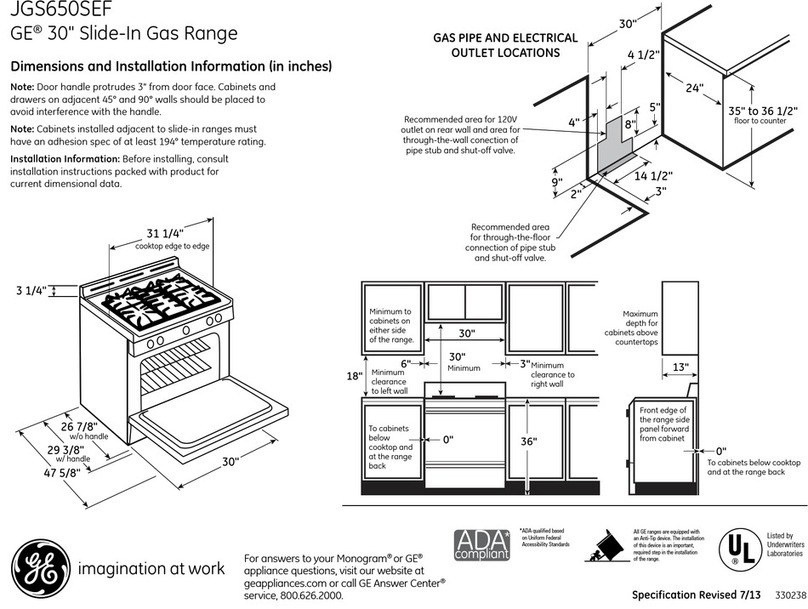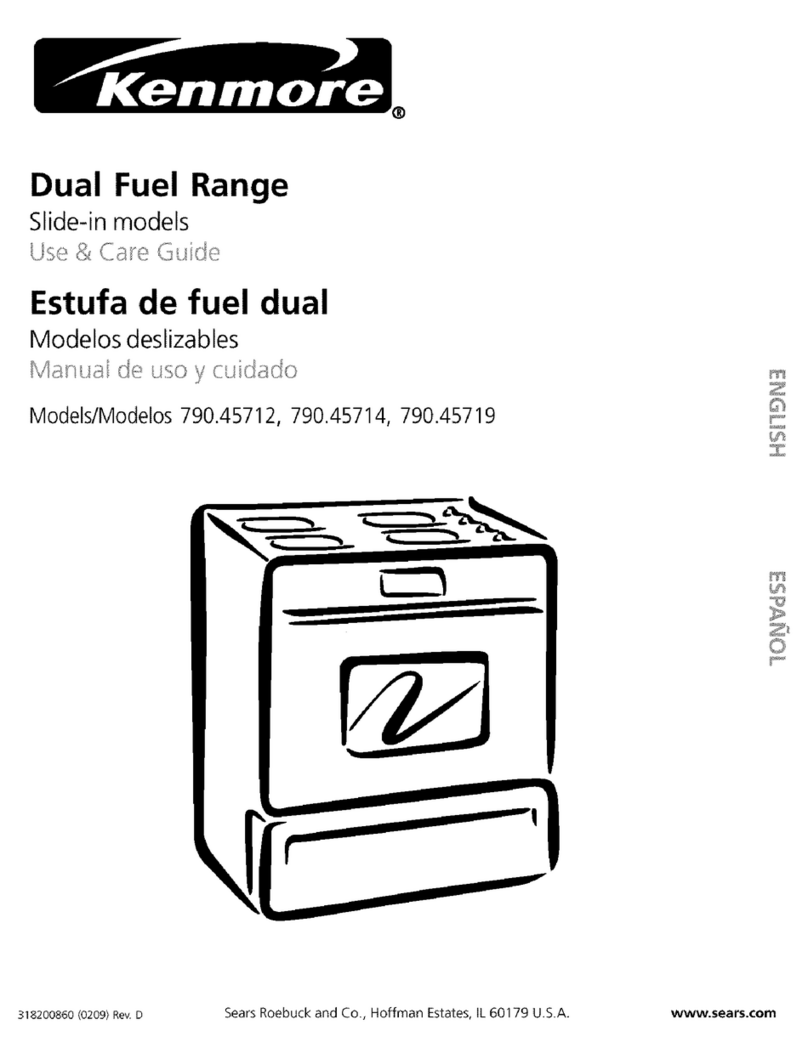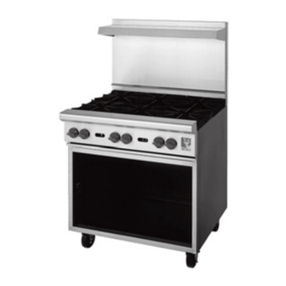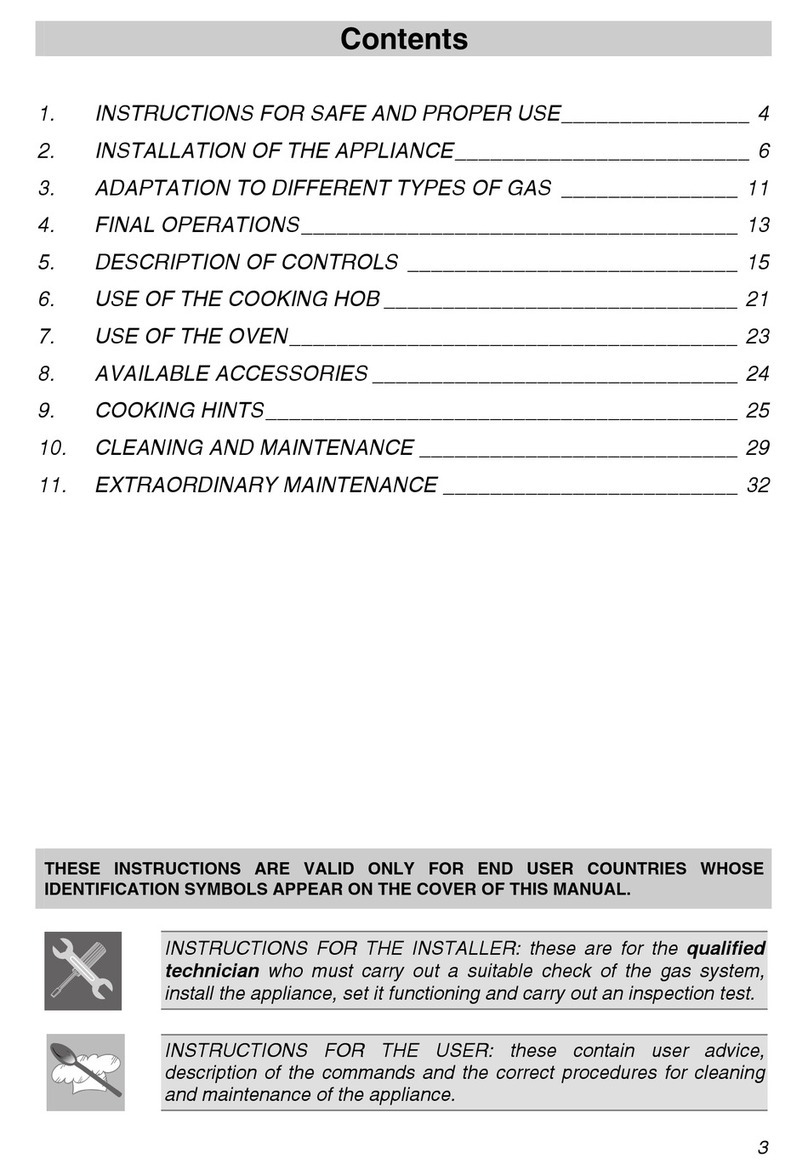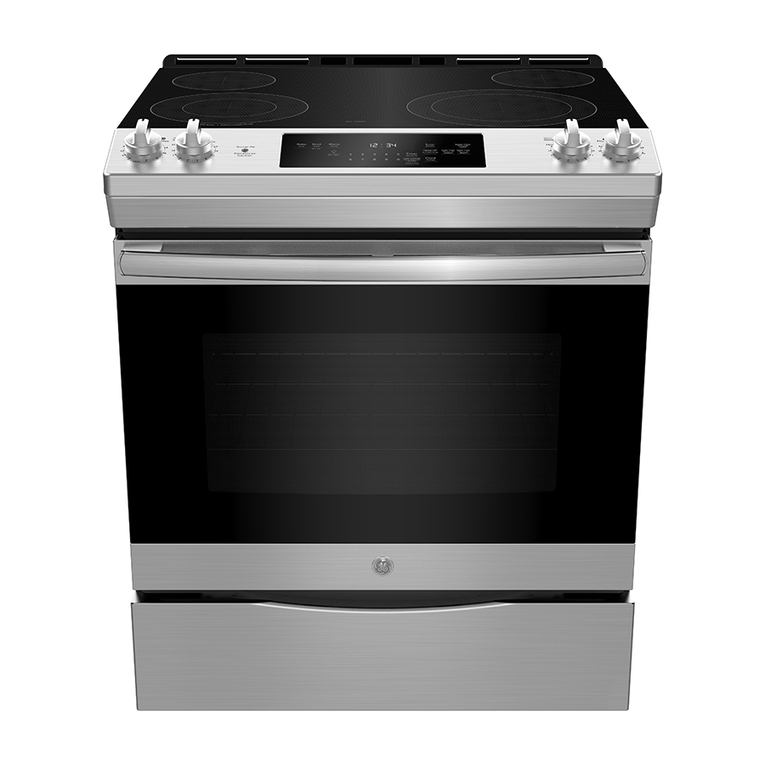Questions& Answers
.MayI$3?i?lfoodsland
eswvesonmysurfaceunits?
.Yes,but only usecookware
signedfor canningpurposes.
heck the manufacturer’s
instructionsand recipesfor
preservingfoods.Be surecanneris
flat-bottomedand fits overthe
centerof the surfaceunit. Since
canninggenerateslarge amountsof
steam,be carefulto avoidburns
from steamor heat. Canningshould
onlybe done on surfaceunits.
Q. Can Icovermy drip pans
withfoil?
A.No.Clean as recommendedin
CleaningGuide.
Q. Cm Ime specialcooking
equipment,likean orientalwok,
onany surfaceunit?
A. Cookwarewithoutflat surfaces
is notrecommended.The life of
the surfaceunitscan be shortened
and therange top can be damaged
fromthe highheat needed for this
type of cooking.
Q. Whyam Inot gettingthe heat
Ineedfrom my surfaceUnits
eventhoughIhavethe knobson
the right setting?
A.After turning surfaceunitsoff
and making surethey are cool,
check to make surethat your plug-
in units are securelyfastenedinto
the surfaceconnection.
Q.m-ydoesmy cookwaretilt
when1placeitmthesurfacemit?’
A. Becausethe surfaceunit or the
cookwareis not flat. M“akesure
that the “feet” on your surface
units are siltingtightlyin ~herange
top indentationand the drip pan is,
flat on therange surface.
Q. Why isthe porcelainfinishon
my UMkVVare‘comingW’?
A.If you set your surfaceunit
higher than required for the
cookwarematerial, and let the
cookware sittoo long,the
cookware’sfinish may smoke,
crack, pop Orburn, depending on
the pot or pan. Also, cooking small
amounts of dry food may damage
omeCating Tips
armingshould.be doneon
surface Unitsonly.
In surface cooking, the use of pots
extending more than one inch
beyond the edge of the surface
unit’sdrip pan is not recommended.
However, when canning with a
wate~.bathor pressure canner,
large-diameter pots may be used.
This is because boiling water
temperatures (even under pressure)
w-enot harmful to cooktop surfaces
surrounding the surface units.
HOWEVER, DO NOT USE
LARGE-DIAMETER CANNERS
the cookware;s finish.
OR OTI-HX LARGE-DIAMETER
POT’SFOR FRYING OR
BOILING FOODS OTHER
THAN WATER.Most syrL~por
sauce nlixtures- and all types of
frying-cook at temperatures
much higher than boiling water.
,K:~%Silch temperatures could
k?
:.:-::,cllej~~~j~~~jyh:lrn]cc)oi(topswfaces
“=”sllrrouncling surface units.
fl.%
r.-
>-:]
-;
z-.‘>’
%----
observe theRmnving
Points
inGM-ming
1.Be sure the canner fits ove~the
center of the surface unit. If your
rangeor its location does not allow
the canner to be centered on the
surface unit, use smaller-diameter
pots for good canning results.
2. For best results use canners with
flat bottoms. Canners with flanged
or rippled bottoms (often found in
enamelware) don‘tmakegood
contact with the surface unit and
take along time to boil water.
3. When canning, use recipes and
procedures from reputable sou~ces.
Reliablerecipes andproceduresare
available from the manufacturer of
your canner; manufacturers of
glassjars for canning, such as Ball
and Kerr; and the United States
Department of Agriculture
Extension Service.
4. Remember that canning is a
process that generates large
amounts of steam. To avoid burns
from steam or heat, be careful
when canning.
Flat-bottomed winnersare
voltage, cafining may take longer
than expected, even though
directions have been careft.dly
followed. The process time will
be shortened by:
(~) using apressure cannfx,EUld
(2) starting with HOT tt~pv~~terfo~
fastest heating of IaIge quantifies
of water.
---
